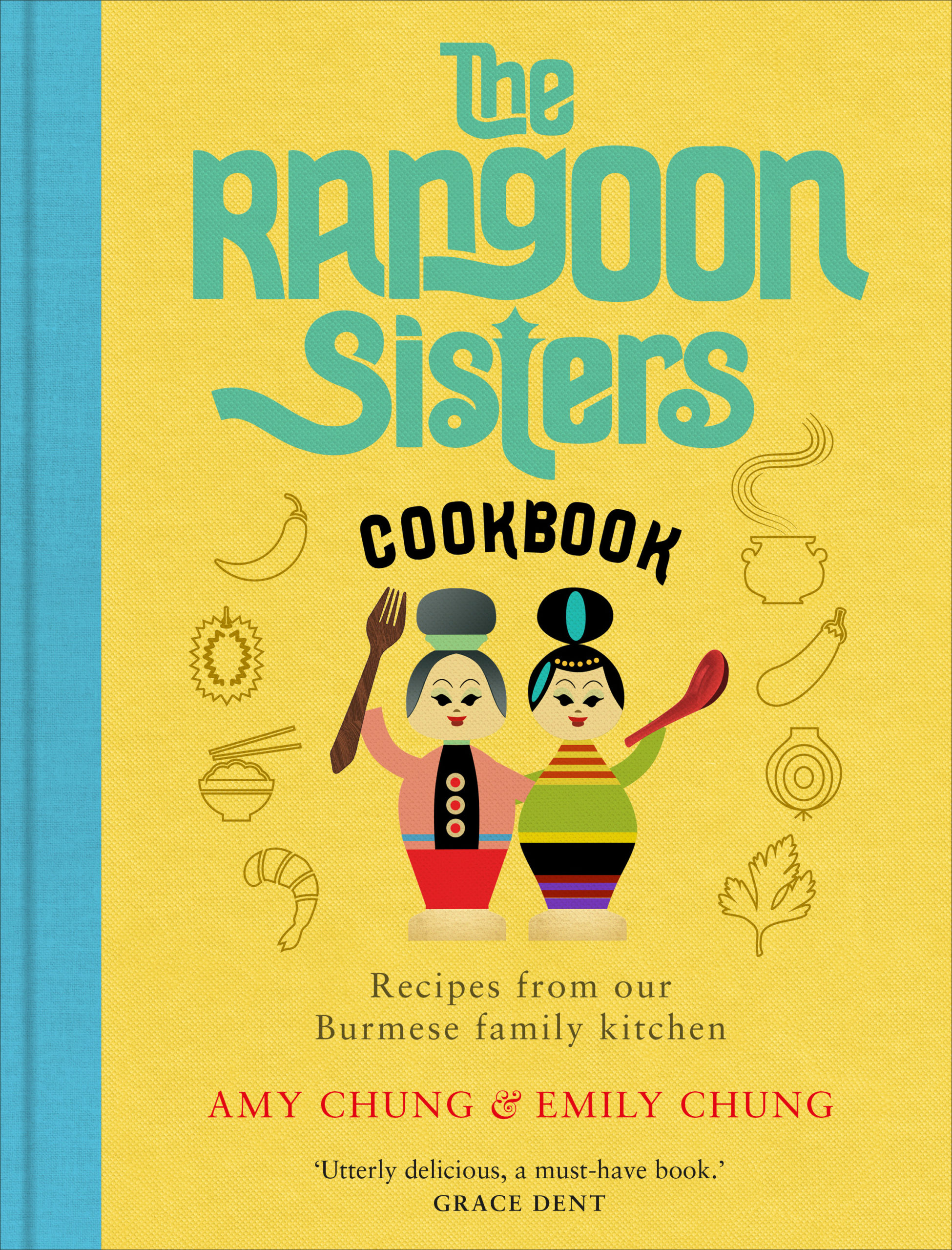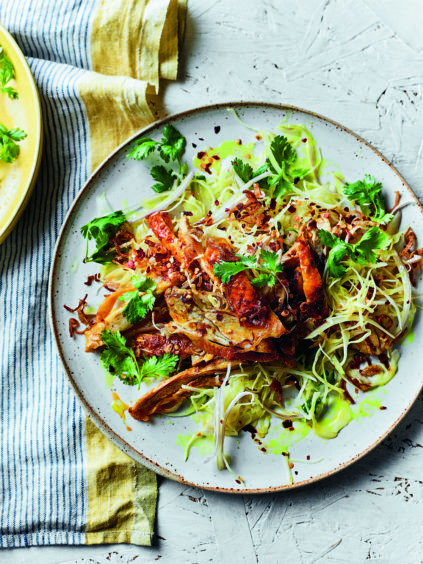
As little girls, Amy and Emily Chung spent most of their time in the kitchen, following closely at the heels of their mum and grandma as simple spices and everyday ingredients were lovingly turned into the traditional Burmese dishes that made their stomachs growl with hunger.
Now, as grown women with their own families to feed, the sisters have taken the meals of their childhood, filled with unique flavours, vibrant garnishes and fragrant combinations, and are bringing them to homes around the country.
Their first cookbook, The Rangoon Sisters, features 80 of Amy and Emily’s favourite family dishes, many of which have been tweaked, tested and developed over many generations – meals that they admit were initially tricky to form into recipes that didn’t involve phrases such as, “just a little bit of this and a little bit of that.”
“It was quite easy to come up with a list of recipes to put in the book but sometimes, when you’re learning them from your mum or your grandmother, the instructions are extremely vague,” explained Emily, who, just like her sister, also works full-time as a junior doctor.
“You have to literally watch every step of what we’re doing like a hawk because they will sneak things in when you’ve turned your back. And they also can also forget to put some things in.
“So, it’s been really good to document all these meals so we can get them right. We tested each other’s recipes, and got our husbands, friends and family to eat everything so we could be sure we got each dish as perfect as possible.”
Although their love of food was developed at a young age, Amy and Emily’s journey towards publishing their very own cookbook started in 2013 when they hosted their very first pop-up supper club, which saw them whip up a meal for 60 strangers.
Their dishes were so popular, the events soon became sell-outs and the rest, as they say, is history.
“We had actually attended another supper club and we just approached the organiser to ask how it worked – and for some reason we got it into our heads that maybe we could do it,” joked Emily.
“It was a bit chaotic on the day because we were feeding 60 people, which is a lot of people! But we just threw ourselves right in there. Then at the end the event, when we were asked to come outside and meet our guests, they all just really wanted to thank us and tell us how much they enjoyed it.”
Amy added: “I think we would never have imagined that, after that first event, we would end up writing a cookbook. It’s really nice that we’re now able to share the recipes with the people that have been so enthusiastic about eating our food, and hopefully a wider audience beyond that, too.”

For home cooks who aren’t familiar with Burmese cooking, the sisters say their dishes of bold curries and super salads are similar to other Asian styles of cooking – but with more flavour.
“For people that have not had or cooked Burmese food before there’s definitely familiarity. For example, the base of curries is onion, garlic, ginger – flavours that people already know and love. But there’s also kind of the adventure aspect of trying slightly different flavours and combinations.
“Burmese salads, for example, are definitely different to other salads, as they have lots of textures – they are crispy, crunchy, soft and have sour, sweet and umami flavours. There’s lots to explore.”
Amy continued: “Most of the recipes feature a set of spices you might already have at home, but it’s just a different way of cooking with them. Plus, they are all really accessible, really easy, and we’ve tried to make them for all levels of cooks so that people can recreate them at home.”
Spiced chicken salad (Kyet thar thoke)

Here we cook the chicken fresh for this salad, but you could always make this using leftover roast chicken.
We recommend keeping the skin on the thighs when roasting them, because it keeps the flesh moist and the cooked chicken skin adds a wonderful crispy texture to the salad.
Serves: 4
You’ll need
- 4 chicken thighs, skin on
- ½ tsp turmeric powder
- ½ tsp paprika
- ½ tsp chilli powder
- Pinch of salt
- ½ medium-sized white cabbage (about 450g), finely sliced
- Juice of 3 limes
- 5 tbsp garlic oil
- 5 tsp fish sauce
- 1 tsp chilli flakes
- 4 shallots, finely sliced
- 4 tsp gram flour, toasted
- Coriander leaves
- Chilli flakes
- Crispy fried shallots (shop-bought)
Method
- Preheat the oven to 200C/400F/gas mark 6.
- Coat the chicken thighs with the spices and the salt and place on a baking tray in the oven. Roast for 35 minutes (check they are cooked by piercing them – the juices should run clear), then set aside to cool.
- Roughly shred the chicken with a fork and knife and place in a large bowl. Add the rest of the ingredients, except for the garnishes, and mix well.
- When ready to serve, divide the salad among four plates, then garnish each with the coriander, a sprinkle of chilli flakes and a teaspoon of fried shallots. Serve immediately.
The Rangoon Sisters by Amy and Emily Chung (Ebury Press, £20) is out now

Enjoy the convenience of having The Sunday Post delivered as a digital ePaper straight to your smartphone, tablet or computer.
Subscribe for only £5.49 a month and enjoy all the benefits of the printed paper as a digital replica.
Subscribe